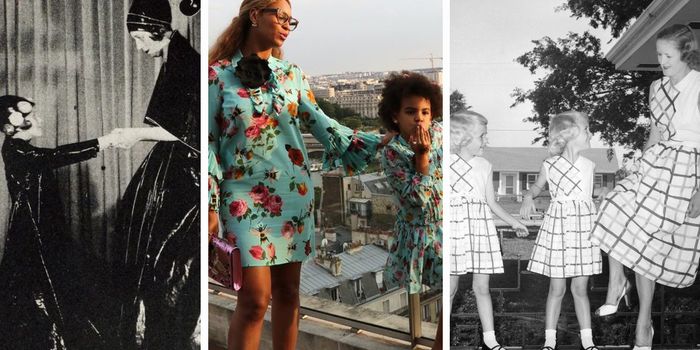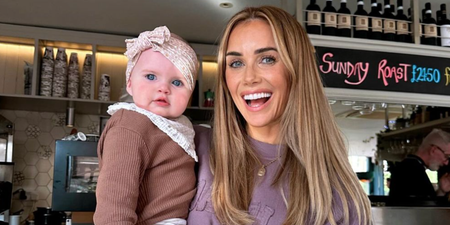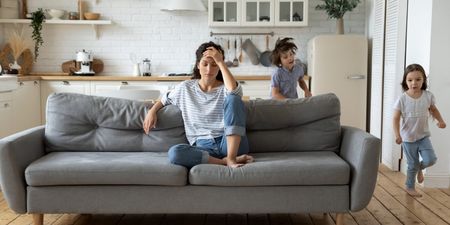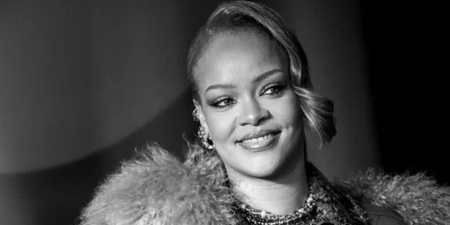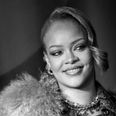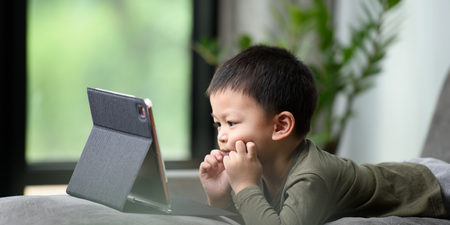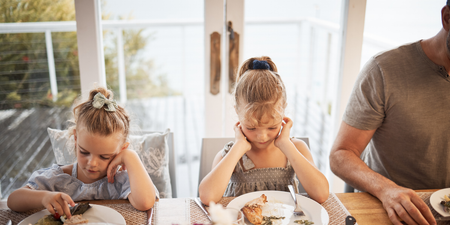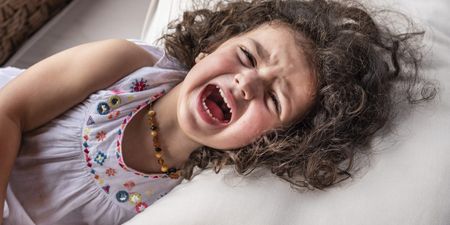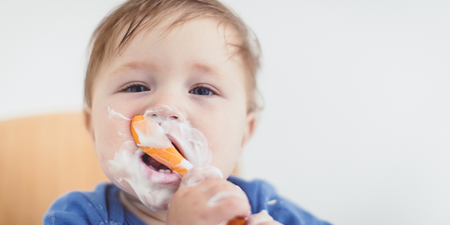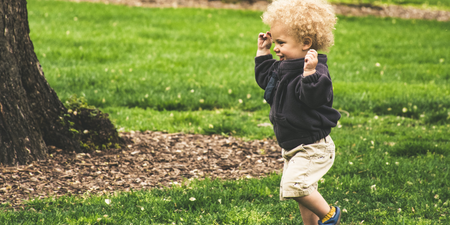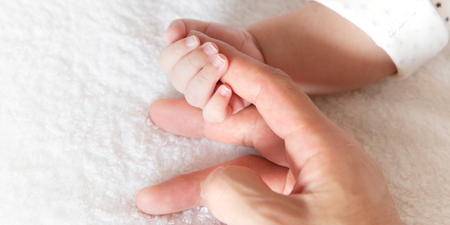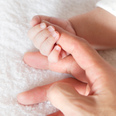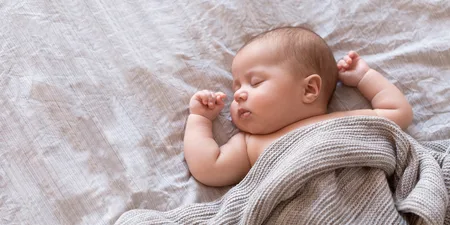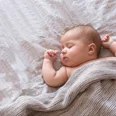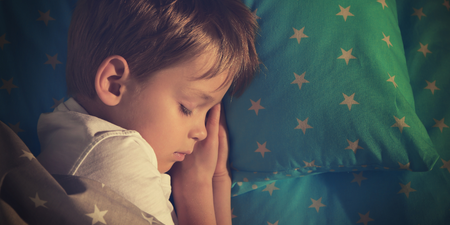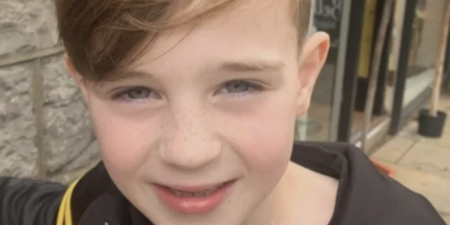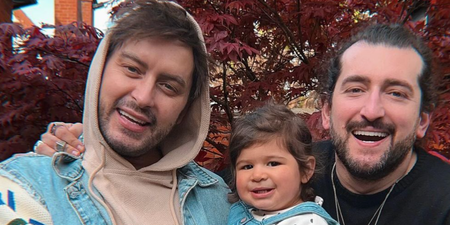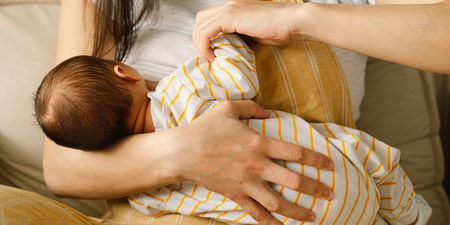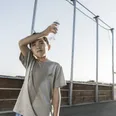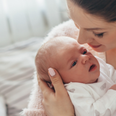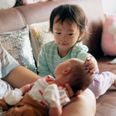The trend can be traced back to the early 20th Century.
If you’re a regular scroller on Instagram, you’ve more than likely seen a photo of a celebrity or influencer matching their outfit to that of their kid at some point.
Whether you find it cute or cringe, the ‘mini-me’ trend of dressing to match your children is a common occurrence in today’s world where fashion and social media are frequent collaborators. It’s popular enough that both Next and M&S are running coordinating mother-daughter lines.
Yet the trend has been around for quite some time, and has a rather complex history. While we now see celebrity dads matching with sons, or parents matching with children of the opposite sex, the trend traditionally existed between mothers and their young daughters. The reasons behind this are a strange mix of sweet and sexist.
https://www.instagram.com/p/B9Z31U0Hdtj/?utm_source=ig_web_copy_link
In 1908, Jeanne Lanvin launched her first formal collection of children’s clothes after spending years making functional-but-fashionable clothing for her own daughter, Marguerite. Lanvin rejected the traditional structures of young girls’ clothing, which mimicked the tight corsets and heavy skirts of women’s clothing at the time.
Instead, she made loose dresses for her daughter to allow for easy movement and play. These dresses were still intricately designed and made from luxurious fabrics, just in a more child-appropriate way.
She initially began selling children’s clothing on a custom basis but then launched the 25-piece collection. A year later, she launched a womenswear line, which again featured soft silhouettes and a variety of adorned designs.
The fashion house’s ads then went on to feature a mother and daughter wearing complimentary outfits for the next few decades, just as she and Marguerite were often seen wearing coordinating outfits around Paris.
Even today, the brand still sports a stylised logo of a woman and young girl hand-in-hand in matching outfits. This was sweetly inspired by a 1907 photograph of Jeanne and Marguerite in costume for a masquerade ball.

Forbes considered the brand’s 2011 relaunch of children’s collections as “a lovely way to play homage to the tradition of the storied fashion house, and to the relationship the designer had with her daughter.”
Though the Parisian designer pioneered the trend at the turn of the century, it didn’t become popular until the late 1930s/early 1940s. This was because Jeanne’s designs were too expensive to become mainstream, the production of clothing was divided by age, and Hollywood publicity didn’t start promoting the trend until the mid-1930s.
At some point during this time, the Hollywood machine realised that the children of actresses could actually help them look younger rather than older. Matching mother-and-daughter outfits were a regular feature in press photographs of actresses. Both Joan Bennett and Joan Crawford posed with their young daughters for publicity shots.
“I had to get dressed in one of the many ‘mother-and-daughter’ outfits we were always photographed in,” Christina Crawford, the adoptive daughter of Joan Crawford, wrote in her memoir, Mommie Dearest. “Mother and I would go through the whole day doing things for the camera and changing from one matching outfit to another.”

These looks were usually girlish, placing emphasis on ageing mothers down rather than ageing daughters up. An article in Life magazine on July 11, 1938 highlighted this. As it put quite plainly: “‘Look Alike’ means ‘Look Young.'”
The article also stated that a woman’s “desire to appear younger than her years reaches a new high this summer as mothers of all ages are dressing themselves in clothes like those of their youngest daughters.” The specification of ‘youngest’ daughters shows just how much the trend focused on infantilising women in a desperate attempt to retain a youthful aura.
The pressure for women to look younger along with increasing celebrity and media influence saw a rise in the mini-me trend. The Ladies’ Home Journal published a series of covers featuring mothers and daughters in co-ordinating outfits, which were reportedly so popular, women wrote in asking for design patterns.
The matching trend only intensified during World War II as it was a time where, in Allied and Axis countries, there was “more cultural emphasis on the family and the mother-daughter relationship,” as fashion historian Jennifer Farley Gordon told the Atlantic.

“During the war, there was an emphasis on the home front and everybody doing their part for the war effort, including daughters helping their mothers at home… by the mid-20th century, mommy-and-me dressing was promoted as a special, fun thing…”
The domestication of women from girlhood was aided through matching outfits. Dressing young girls like their mothers effectively groomed them to become them.
Through both wearing and making complimentary clothes together, one generation of wives and mothers were ensuring the next generation would seamlessly transition to their adult roles as homemakers.
While the trend can sometimes seem crass and has a history that reflects society’s ever-changing attitude to motherhood and femininity, it can also highlight the strong bond between mothers and daughters. And while older kids might cringe at the idea of matching their parents, a photo of a mother matching their little one holds an adorable sentiment for years to come.

